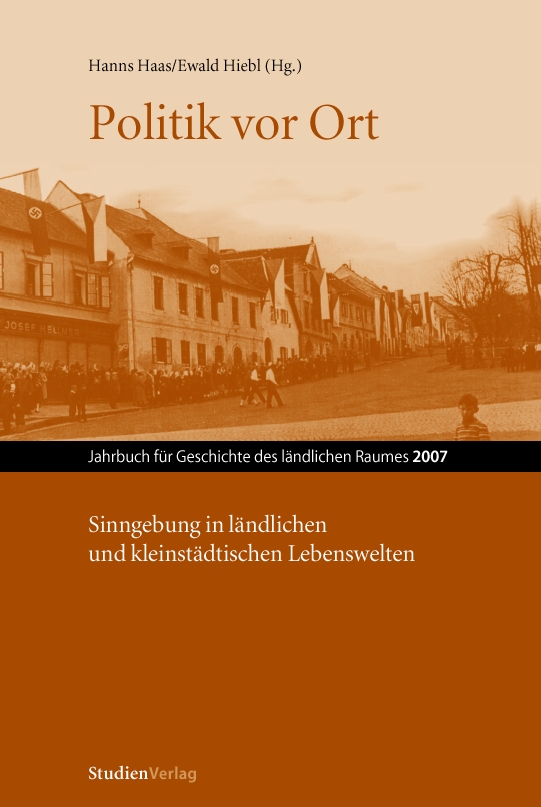Die Nation in der Kleinstadt
Lebenswelt Bruneck (Südtirol) und Weißenburg (Elsass) zur Zwischenkriegszeit – ein Vergleich
DOI:
https://doi.org/10.25365/rhy-2007-16Abstract
When talking about nationalism it is not enough to deal with the official aspects of history. The concepts and rules that politicians want to establish in order to strengthen the state lose their sterile form when getting in contact with people. The orders are accepted, re-formed and adopted by the local reality, the so called ‘lifeworld’. This article shows the interaction of those two programs – the nation on the one hand and the local reality on the other hand – by comparing the situation of two towns in the period between World War I and World War II: Bruneck in South Tyrol and Weißenburg in Alsace. While South Tyrol was annexed by Italy and forced under Fascism, Alsace returned to be part of France as it has been before 1871. Generally it can be said that we have to deal with two models of assimilation: the one (in South Tyrol) working against the will of local people and using force and violence to obtain its goals, the other (in Alsace) being more moderate and quite in touch with people’s feelings and thoughts. Three levels of analysis were used: speech, culture and politics – all areas which the nation tried to pervade. The most striking differences between the two areas of research can be summarised as follows: While in South Tyrol the local dialect and the traditional cultural elements were overlapped by nationalism, people in Alsace tried to separate them. By pointing out their regional identity (Elsässertum) and splitting it from German standard language and culture they tried to save their traditions while concurrently showing their political loyalty towards France as far as they liked to be French citizens. The Italian nation succeeded only superficially in entering the lifeworld of South Tyrol, while the Alsatians emotionally felt to be part of France – although in everyday life they were less in touch with it than people in South Tyrol were with Italy.


